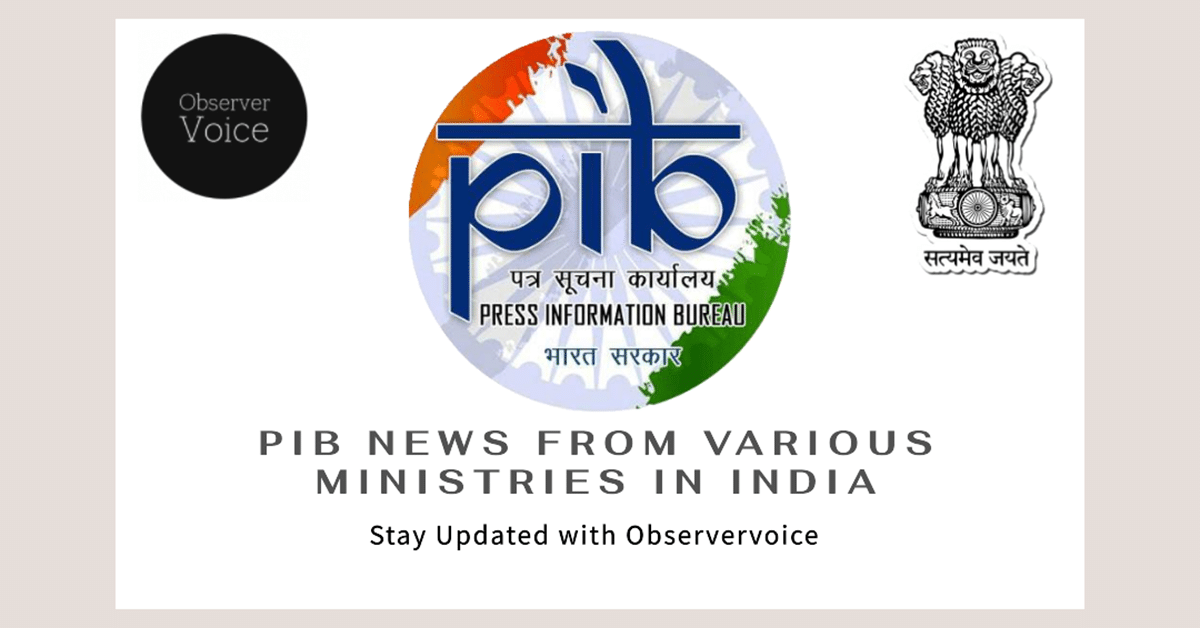Transforming India’s Solar Energy Landscape

The PM Surya Ghar: Muft Bijli Yojana (PMSGMBY) is revolutionizing the solar energy sector in India. Launched in February 2024, this initiative aims to install rooftop solar systems across the country. By March 2025, the program expects to surpass 10 lakh installations, with ambitious targets of 20 lakh by October 2025, 40 lakh by March 2026, and a staggering one crore by March 2027. The early results are promising. In just nine months, the scheme has achieved 6.3 lakh installations, averaging 70,000 per month. This is a remarkable increase from the previous average of 7,000 installations per month. States like Gujarat, Maharashtra, Kerala, and Uttar Pradesh are leading the way, showcasing strong infrastructure and collaboration among stakeholders. The progress of PMSGMBY is not just a number; it represents a significant step towards a sustainable energy future for India.
Overcoming Implementation Challenges
The initial phase of PMSGMBY faced several challenges, but swift action helped resolve them. Distribution companies, known as DISCOMs, took proactive measures to enhance power load capacity. They waived the requirement for Technical Feasibility Reports (TFR) for systems up to 10 kW, which significantly reduced regulatory hurdles. This change allowed for quicker installations and subsidy releases. DISCOMs also ensured the availability of net meters, which are essential for monitoring solar energy production.
To support rapid deployment, the government expanded the vendor base. Nearly 9,000 vendors are now active, with more joining every day. Additionally, the Jan Samarth Portal offers affordable financing options for systems up to 3 kW. This portal simplifies the application process, making it easier for consumers to access solar energy solutions. The combination of these efforts has led to a faster rollout of the scheme, setting the stage for even greater growth in the coming months.
Building Infrastructure for Large-Scale Deployment
A robust infrastructure is crucial for the success of PMSGMBY. The initiative integrates over 90 DISCOMs, banks, and other stakeholders through advanced IT systems. This coordination is vital for managing operations at such a large scale. Vendor development has been a key focus, with nearly 9,000 vendors activated to meet the growing demand for installations.
Training is another critical aspect of this initiative. Approximately 40,000 personnel have already received training to ensure high-quality installations and service delivery. The plan includes training an additional 2 lakh technicians over the next eight months. Moreover, more than 50,000 DISCOM engineers are undergoing specialized training to inspect and commission rooftop solar plants. This comprehensive approach ensures that the infrastructure can support the ambitious targets set by the scheme.
Simplifying Consumer Processes
One of the standout features of PMSGMBY is its commitment to simplifying consumer processes. Previously, applicants faced a cumbersome process that required multiple documents and frequent visits to DISCOM offices. Now, most DISCOMs have waived Technical Feasibility approvals for systems under 10 kW. They have also digitized their processes, significantly reducing the documentation burden.
Consumers can now apply for installations in just five minutes through the website www.pmsuryaghar.gov.in. The portal allows users to shortlist and select vendors easily. It even includes a Geographic Information System (GIS) feature, enabling applicants to visualize their roofs and plan the capacity of their solar systems. Additionally, consumers can apply for loans at a 7% interest rate directly through the portal. After installation, details can be uploaded quickly, and the system automatically notifies DISCOMs for inspections. This streamlined process enhances consumer satisfaction and encourages more households to adopt solar energy.
Efficient Subsidy Disbursement and Consumer Satisfaction
Efficient subsidy disbursement is another significant achievement of PMSGMBY. After the Model Code of Conduct concluded in June 2024, subsidy disbursements began promptly. By November 2024, over ₹3,100 crore had been disbursed to more than four lakh consumers. On average, 67,000 households receive subsidies each month, demonstrating the scheme’s operational robustness. The processing time for subsidies has been reduced to just 15 days, greatly enhancing consumer satisfaction.
The impact of these subsidies is evident. Many households report significant reductions in their electricity bills, with 28% of them enjoying zero electricity bills. Word of mouth has further fueled interest in the program, leading to an increase in applications. The extensive awareness campaigns accompanying the initiative have educated households about the benefits of solar energy, driving registrations and participation.
Observer Voice is the one stop site for National, International news, Sports, Editor’s Choice, Art/culture contents, Quotes and much more. We also cover historical contents. Historical contents includes World History, Indian History, and what happened today. The website also covers Entertainment across the India and World.

